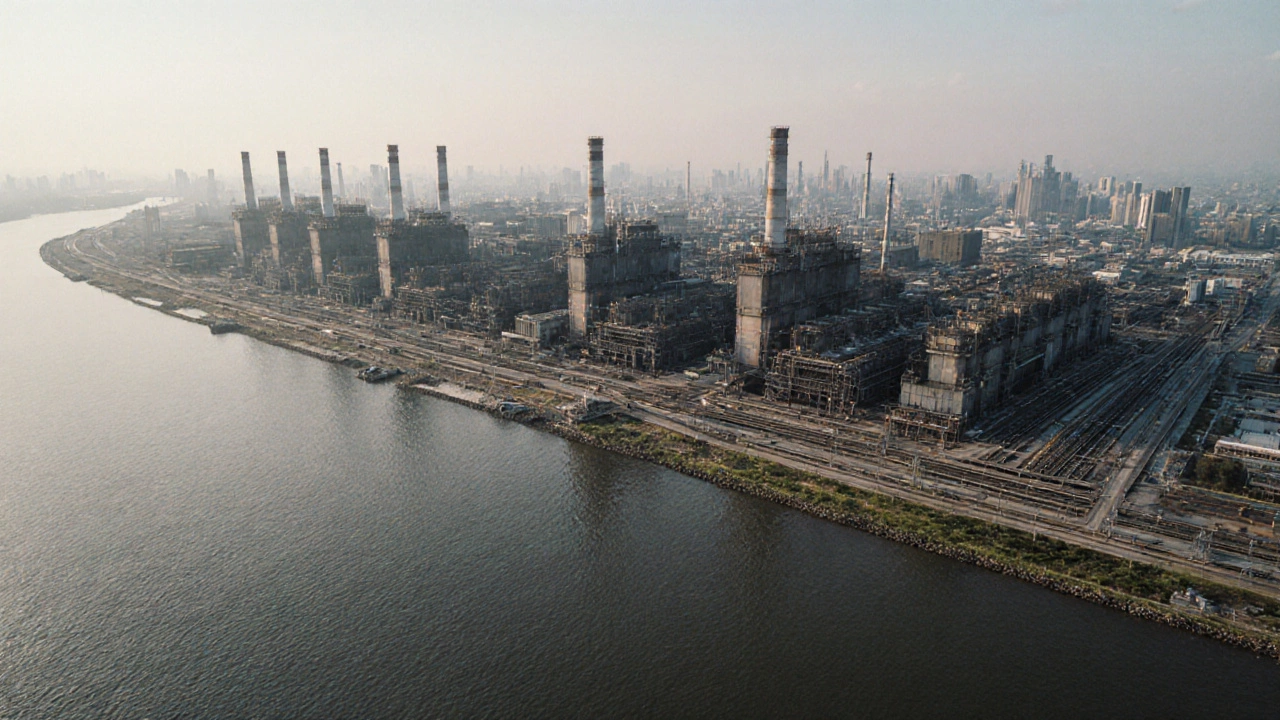Steel Plant Location – Key Factors and Top Sites for Steel Production
When planning a steel plant location, the spot where a steel mill is built, determines costs, logistics, and long‑term viability. Also known as steel mill site, it ties together raw‑material access, power availability, and market proximity. Understanding this central entity helps you see why some regions become powerhouses while others stay quiet.
The steel industry, the global network that extracts, processes, and shapes iron ore into finished steel relies heavily on smart site choices. A well‑chosen location reduces transportation costs for iron ore, coal, and scrap, and it often sits near major rail or port corridors. This relationship forms a core semantic triple: steel plant location influences steel industry efficiency. When you add a manufacturing hub, an area with clustered factories, skilled labor, and supporting services, the equation improves further—hubs provide a talent pool and shared infrastructure that cut setup time.
Another crucial piece is the industrial zone, designated regions where governments bundle utilities, incentives, and regulations for factories. These zones often offer tax breaks, reliable power, and streamlined approvals, turning a raw location into a ready‑to‑run plant. The semantic link here is: industrial zones enable efficient steel plant location development. For investors, the presence of an industrial zone can tip the scales between a profitable venture and a stalled project.
Site selection also demands a clear look at logistics. Proximity to raw material mines cuts hauling distances, while closeness to ports eases export flows. A typical triple emerges: steel plant location requires logistics optimization. Companies run detailed transport models, weighing rail versus road costs, to decide whether a hinterland site or a coastal one makes more sense for their product mix.
Environmental considerations are no longer optional. Modern regulations push plants toward locations with lower ecological footprints or access to green energy. When a plant sits in a region with renewable power potential, the carbon intensity of the steel drops, opening doors to premium markets that demand sustainable products. This creates the connection: industrial zone policies influence environmental compliance for steel plant locations.
Economic impact spreads beyond the plant walls. A new steel mill can spark job creation, boost ancillary businesses, and raise local incomes. In turn, a thriving manufacturing hub attracts more investors, creating a virtuous cycle. Understanding this feedback loop helps planners justify site choices to policymakers and community leaders.
Below, you’ll find a curated collection of articles that break down each of these aspects in depth—profitability, cost‑effective countries, raw‑material sourcing, and the biggest steel‑producing regions. Whether you’re scouting a location, evaluating incentives, or just curious about how a steel plant’s address shapes its success, the posts ahead offer practical insights you can act on right now.

Where Is the World’s Largest Steel Plant Located?
Discover the location, capacity, and key features of the world's largest steel plant - Shanghai Baosteel Integrated Steel Mill in China.
Read More